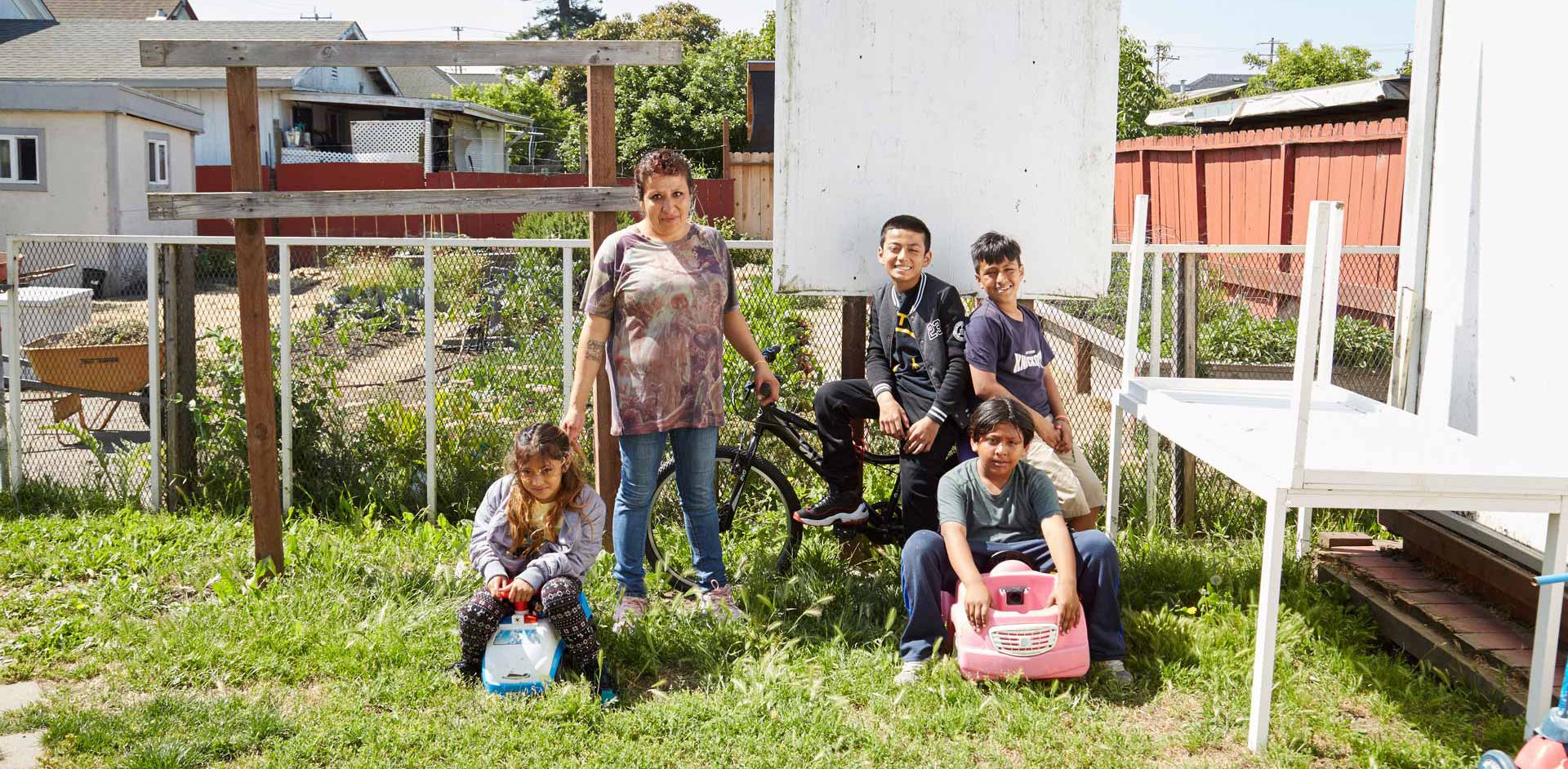
Because their families are constantly on the move, homeless children face special challenges when it comes to getting an education. Homeless families move often due to limits on shelter stays, job searches, searches for a permanent residence, or to escape abusive partners or other violent acquaintances.
As a result, homeless children must change schools because the shelters or other temporary accommodations are located in a different school district. Besides residency requirements, homeless children are missing these requirements common to all public school districts:
- Guardianship papers
- School record transfers – often delayed
- Transportation
- Immunization records
Every time children must transfer to new schools, their education is disrupted. This causes them to be held back one or two grades, and may cause them to be needlessly enrolled in special education classes. Twenty-three percent of homeless students must repeat a grade compared to 1.5 percent of non-homeless students.
Kids who are below their grade levels and are older than the other students are stigmatized by their peers as being inferior. This can be disillusioning for a child and impair the educational experience. Education becomes an enemy, not a friend. This diminishes the importance of education to these children and dampens their desire pursue further education. The chances of rising out of poverty as an adult become even more limited.
Also, the problem of lack of transportation cannot be emphasized enough. Urban areas may have adequate public transportation, but the cost is too much for the homeless. Many rural areas do not offer public transportation of any kind and homeless people have no way to get around. Schools, jobs, clinics and essential public services are all out of reach.
Homeless teens without guardians face the same barriers as younger homeless children with the added dilemma of curfew laws and liability concerns.
The Bay Area Rescue Mission are acutely aware of this population in the many cities they serve. With our youth component of our Center for Women and Children, we offer children a safe place to be with regular planned activities, programs and special events. They can visit the shelter and be with their peers as often as they want. They can receive counseling, get academic assistance and learn positive life skills all in a safe environment.
